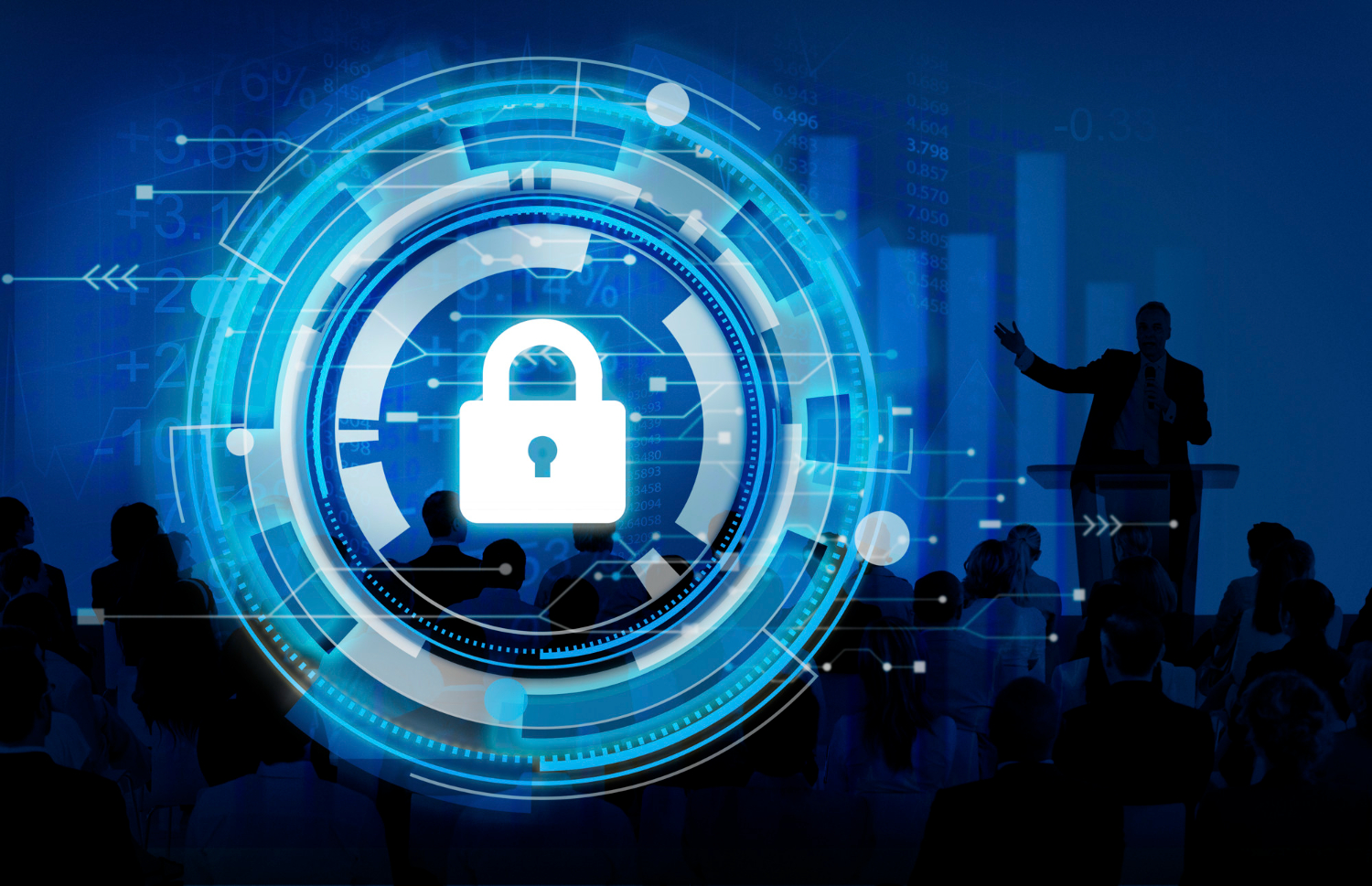Cybersecurity Best Practices: Protecting Your Digital Assets

Technology
In today's interconnected world, cybersecurity has become a critical concern for individuals, businesses, and organizations. With the rise of cyber threats and malicious activities, protecting our digital assets has never been more important. This blog aims to provide a comprehensive guide to cybersecurity best practices, equipping you with the knowledge and tools to safeguard your digital presence effectively.
I. Understanding the Cyber Threat Landscape - To effectively protect our digital assets, it is crucial to comprehend the cyber threat landscape. This section will explore various types of cyber threats, including malware, phishing attacks, ransomware, and social engineering. Understanding the tactics used by cybercriminals will enable you to recognize potential risks and take proactive measures to mitigate them.
II. Building a Strong Cybersecurity Foundation - Establishing a robust cybersecurity foundation is vital for safeguarding your digital assets. This section will cover fundamental practices such as maintaining strong and unique passwords, enabling two-factor authentication, and keeping your software and devices updated. It will also delve into the importance of creating regular data backups and implementing secure network configurations.
III. Educating and Raising Awareness - Education and awareness play a crucial role in cybersecurity. This section will highlight the significance of educating yourself and your employees about common cyber threats and safe online practices. It will cover topics such as identifying phishing emails, avoiding suspicious downloads, and recognizing social engineering tactics. Promoting a culture of cybersecurity awareness within your organization or personal network is essential for minimizing vulnerabilities.
IV. Implementing Secure Network and Device Practices - This section will explore strategies for securing your networks and devices. Topics covered will include using firewalls, setting up secure Wi-Fi networks, and implementing encryption protocols. Additionally, it will discuss best practices for securing mobile devices, such as enabling device passcodes, using secure messaging apps, and being cautious with public Wi-Fi networks.
V. Protecting Personal and Financial Information - Personal and financial information are highly sought-after targets for cybercriminals. This section will provide insights into protecting sensitive data, including using secure online payment methods, being cautious with sharing personal information online, and avoiding suspicious websites. It will also discuss the importance of monitoring financial transactions and regularly reviewing credit reports.
VI. Staying Informed and Adapting to Evolving Threats - Cyber threats are constantly evolving, and staying informed is crucial to maintaining strong cybersecurity. This section will highlight the significance of following cybersecurity news, subscribing to security alerts, and staying updated on emerging threats and vulnerabilities. It will also emphasize the importance of continuously reassessing and improving your cybersecurity practices.
In an era where cyber threats are rampant, implementing effective cybersecurity best practices is essential for protecting our digital assets. By understanding the cyber threat landscape, building a strong foundation, educating ourselves and others, implementing secure network and device practices, and protecting personal and financial information, we can fortify our defenses against cyber attacks. Cybersecurity is an ongoing process that requires vigilance, adaptability, and continuous improvement. By following these best practices and staying informed, we can navigate the digital landscape with confidence, safeguarding our digital assets and preserving our privacy and security.